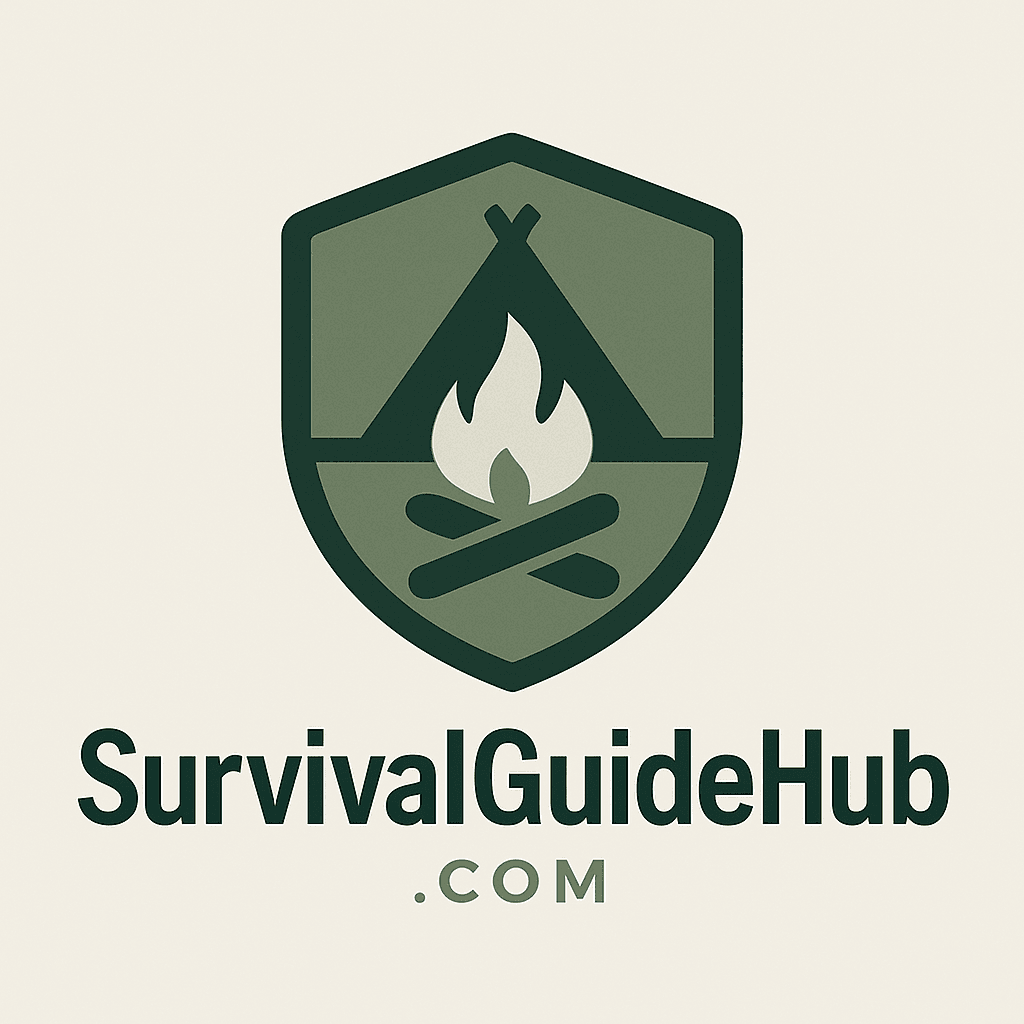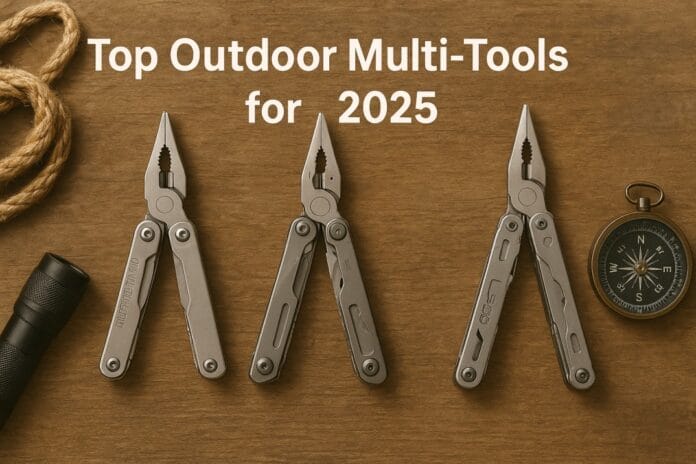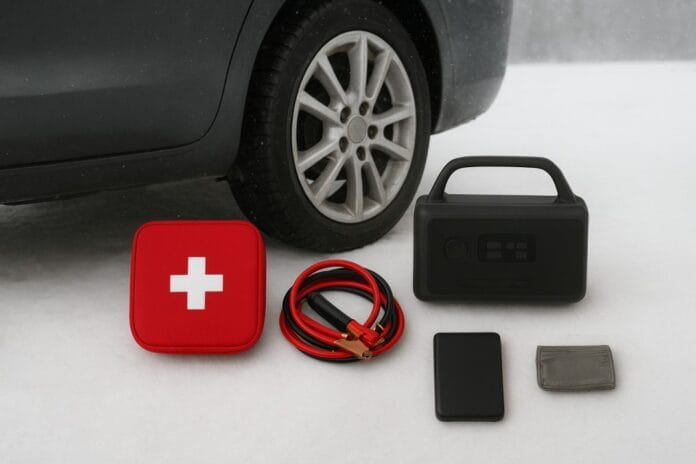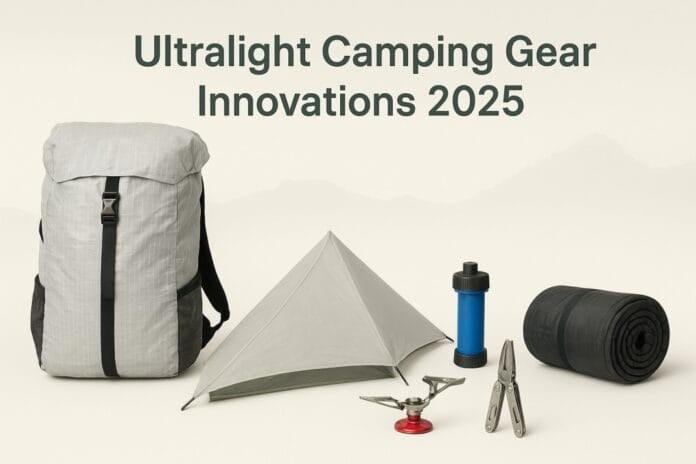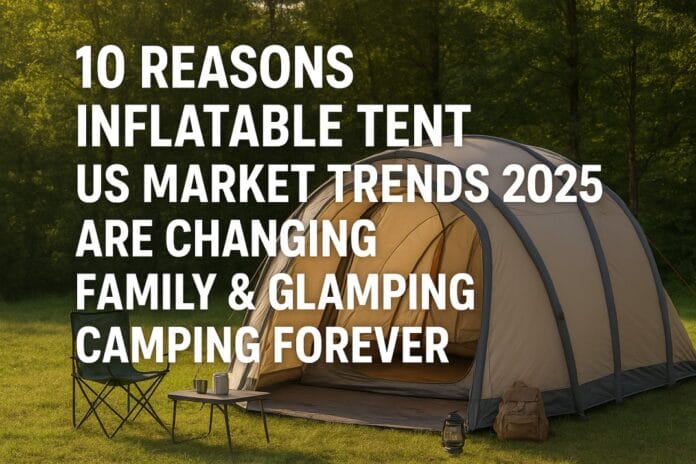Your Ultimate Camping FAQ. The idea of camping sparks a sense of adventure in almost everyone. 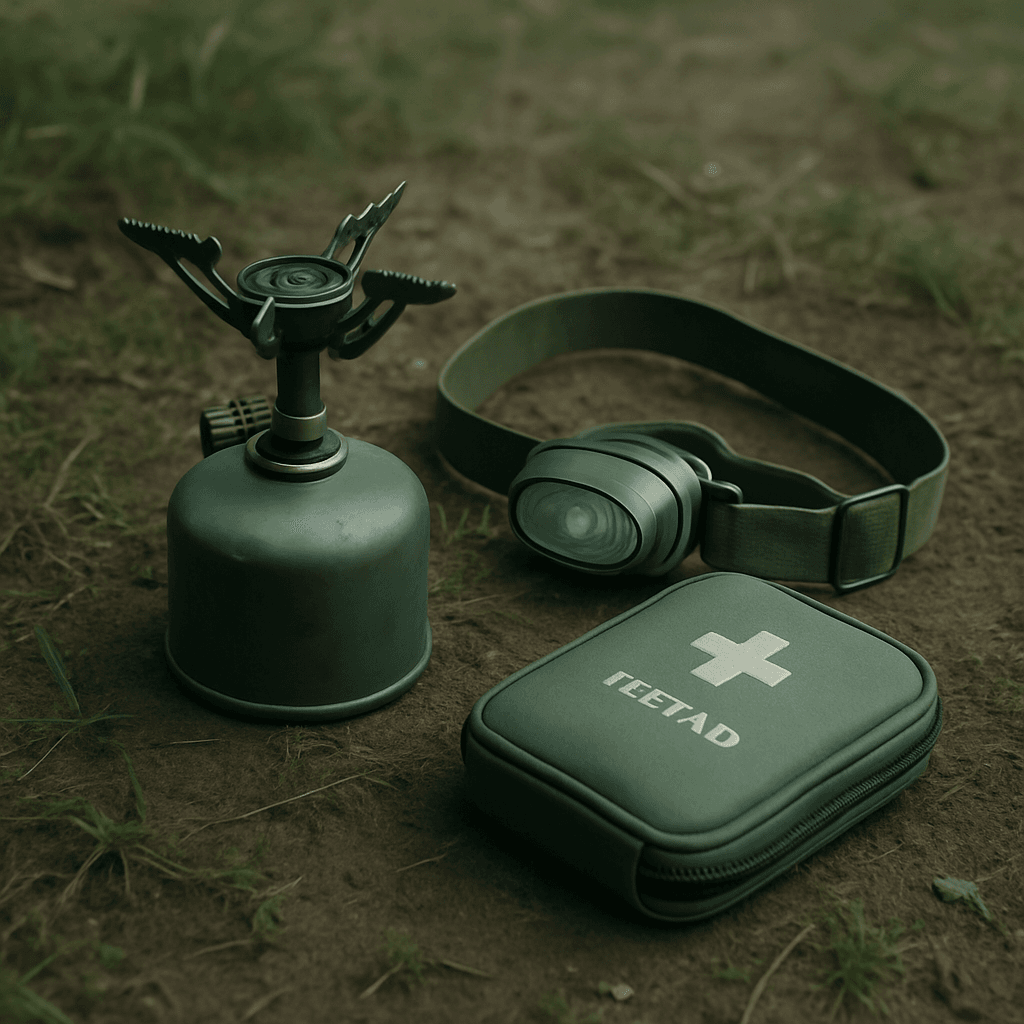 The thought of sitting by a crackling fire, sleeping under a canopy of stars, and waking up to the crisp morning air is undeniably appealing. But for every person excited to go, there’s often a quiet voice in the back of their mind asking, “…but how do I actually do it?” This mix of excitement and uncertainty is completely normal. The gap between wanting to camp and feeling confident enough to go can seem wide, filled with questions about gear, safety, and what to do when you’re finally out there.
The thought of sitting by a crackling fire, sleeping under a canopy of stars, and waking up to the crisp morning air is undeniably appealing. But for every person excited to go, there’s often a quiet voice in the back of their mind asking, “…but how do I actually do it?” This mix of excitement and uncertainty is completely normal. The gap between wanting to camp and feeling confident enough to go can seem wide, filled with questions about gear, safety, and what to do when you’re finally out there.
That’s where this guide comes in. We’ve gathered the most frequently asked questions about camping and answered them in a clear, practical way. This isn’t just a list; it’s a step-by-step roadmap designed to take you from a curious beginner to a confident camper. We’ll cover everything, from planning your first trip and choosing the right gear to staying safe and making the most of your time in the great outdoors. These are the steps to make camping not just possible, but one of your favorite ways to escape and reconnect.
Category 1: Planning Your First Camping Trip
Proper planning is the single most important step to a successful camping trip. It sets the foundation for everything else and ensures you are prepared, safe, and ready to have fun.
- Where can I go camping?
Why it’s essential: Knowing your options is the first step. The right location will match your comfort level and desired experience, whether you want modern conveniences or a rustic escape. What to look for:
- Developed Public Campgrounds: Found in National and State Parks. These are perfect for beginners, offering designated campsites, restrooms, running water, and picnic tables. They often have park rangers on-site.
- Private Campgrounds: These are privately owned and often have more amenities like showers, laundry facilities, swimming pools, and Wi-Fi.
- Dispersed Camping: Also known as “wild camping,” this involves setting up camp in a National Forest or on Bureau of Land Management (BLM) land outside of a designated campground. This is a more advanced option with no amenities and requires you to be completely self-sufficient. How it’s used: For your first trip, we highly recommend a developed public campground. It provides a safety net and allows you to focus on learning the basics of setting up your gear and enjoying your time.
- What do I absolutely need to pack?
Why it’s essential: Forgetting a critical piece of gear can turn a fun trip into a miserable one. A checklist ensures you have the core necessities for shelter, sleep, and safety. What to look for: The “Ten Essentials” are the foundation of any outdoor pack, but for car camping, your core list should include:
- Shelter: A tent, stakes, and a footprint/tarp.
- Sleeping System: A sleeping bag and a sleeping pad.
- Lighting: A headlamp and an area lantern.
- Camp Kitchen: A camp stove, fuel, a pot, utensils, and a cooler.
- Safety: A well-stocked first-aid kit. How it’s used: Create a physical or digital checklist. As you pack each item, check it off. This simple habit prevents you from arriving at your campsite only to realize your tent poles are still in the garage.
- What’s the best time of year to go camping?
Why it’s essential: Weather is the biggest variable in camping. Choosing the right season for your location and skill level ensures you won’t be caught in extreme conditions you aren’t prepared for. What to look for: For most regions, late spring and early fall offer the most pleasant experience, with moderate temperatures and fewer bugs. Summer is also popular but can be very hot or crowded. Winter camping requires specialized gear and skills and is not recommended for beginners. How it’s used: Research the typical weather for your chosen location during the month you plan to go. Always check the detailed forecast a few days before you leave and pack accordingly.
Category 2: Shelter & Sleep System Essentials
Your shelter is your home away from home. A good night’s sleep is the difference between waking up refreshed and ready for adventure, or tired and grumpy.
- What kind of tent should I buy?
Why it’s essential: Your tent is your primary protection from rain, wind, and bugs. A reliable tent is a non-negotiable piece of gear. What to look for:
- Capacity: Tents are sized by the number of people they can sleep. A good rule of thumb is to size up by one person for added comfort and gear storage (e.g., a 3-person tent for two people).
- Season Rating: A “3-season” tent is the most versatile and ideal for beginners, designed for spring, summer, and fall conditions.
- Ease of Setup: Look for tents with color-coded poles and simple clip designs. It’s always a good idea to practice setting up your tent in your backyard before your first trip. How it’s used: Always place a tarp or a specific tent footprint underneath your tent. This protects the tent floor from rocks and moisture, dramatically extending its lifespan.
- How do I get a good night’s sleep while camping?
Why it’s essential: Sleep is crucial for your energy levels and overall enjoyment. The cold, hard ground is the primary enemy of a good night’s sleep outdoors. What to look for: The secret weapon is a high-quality sleeping pad. It does more to keep you warm than a sleeping bag by providing a layer of insulated air between you and the cold ground. Pair this with a sleeping bag rated for temperatures about 10-15°F (5-8°C) colder than the expected nighttime low. How it’s used: Inflate your sleeping pad fully for maximum insulation. Consider bringing a small inflatable camp pillow or even just a pillowcase to stuff with a soft jacket for head support. The secret weapon is a high-quality sleeping pad .” AND “It does more to keep you warm than a sleeping bag by providing a layer of insulated air between you and the cold ground.
Category 3: Camp Kitchen & Food Safety
Food just tastes better outdoors! A little planning makes cooking easy and safe.
- How do I cook while camping?
Why it’s essential: A reliable cooking method ensures you can have hot meals and coffee, which is a huge morale booster. What to look for: While cooking over a campfire is iconic, it’s often unpredictable and subject to fire bans. A portable propane camp stove is the most dependable and easy-to-use option for beginners. Look for a two-burner model that connects to a small propane cylinder. How it’s used: Plan simple, one-pot meals for your first few trips. Things like pasta, chili, or hot dogs are easy to manage. Do all your food prep (chopping vegetables, etc.) at home to minimize work at the campsite. A portable propane camp stove is the most dependable and easy-to-use option for beginners.
- How do I store my food safely from animals?
Why it’s essential: Improper food storage attracts wildlife, from small critters like squirrels to larger animals like bears. This is dangerous for both you and the animals. What to look for: The golden rule is to never keep food or any scented items inside your tent. During the day, keep food in a quality, hard-sided cooler. At night or when you leave the campsite, store everything in your car. In bear country, you must use the provided metal bear lockers or a certified bear canister. How it’s used: This rule applies to everything with a scent: toothpaste, deodorant, soap, and all trash. Pack it all away securely every single time.
Category 4: Safety, Hygiene & The Outdoors
Staying safe and clean are fundamental to a positive experience.
- Is it safe to drink water from lakes or streams?
Why it’s essential: Natural water sources, no matter how clean they look, can contain invisible bacteria (like E. coli) and protozoa (like Giardia) that can cause severe illness. What to look for: Always treat water from natural sources. The easiest and most popular method for beginners is a personal water filter. Look for one that removes bacteria and protozoa, has a good flow rate, and is easy to clean. How it’s used: Follow the manufacturer’s instructions carefully. Filter water into a clean water bottle and use that for drinking, cooking, and brushing your teeth.
- Where do I go to the bathroom?
Why it’s essential: Following proper etiquette for human waste protects water sources, the environment, and the experience for other campers. What to look for: Developed campgrounds have restrooms. If you’re wild camping, you must follow “Leave No Trace” principles. You will need a small garden trowel to dig a “cathole” 6-8 inches deep and at least 200 feet (about 70 large steps) from any water, trail, or campsite. How it’s used: After using the cathole, fill it back in with the original dirt. All toilet paper and hygiene products must be packed out in a sealed, opaque bag. Do not bury them.
- How do I deal with bugs?
Why it’s essential: Mosquitoes, ticks, and other insects can be more than just an annoyance; they can carry diseases. What to look for: A combination of approaches works best. Use an insect repellent containing DEET or Picaridin on exposed skin. You can also treat your outer clothing (not your skin) with a Permethrin spray for long-lasting protection. How it’s used: Apply repellent before you head out on a hike or as dusk approaches. A quality tent with intact mesh is your best friend for a bug-free sleep.
Conclusion: Your Adventure Begins Now
The world of camping is vast and full of rewarding experiences, and now you have the answers to get started. We’ve walked through the essential steps to make camping a reality: from planning your trip and choosing your gear to cooking your food and staying safe. Remember that every expert was once a beginner. The key is to start simple, stay prepared, and embrace the learning process. Your first trip doesn’t have to be perfect, but it will be an adventure that opens the door to countless more.
So, what’s the first camping question you feel confident you can now answer? Share your thoughts in the comments below!
To Know more, please visit: CAMPING
